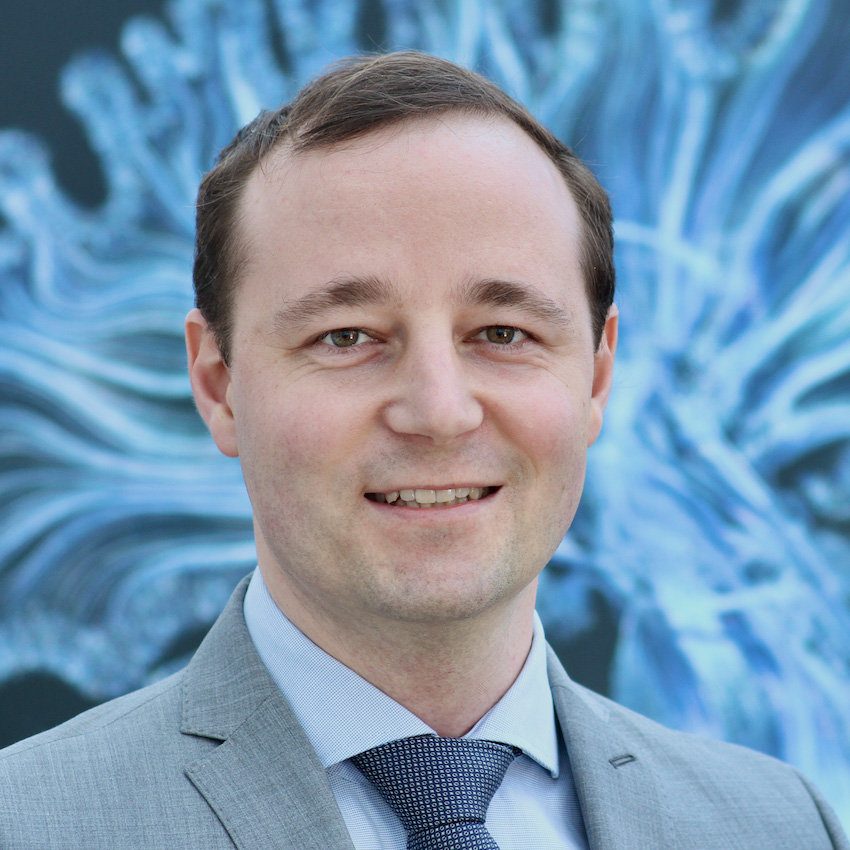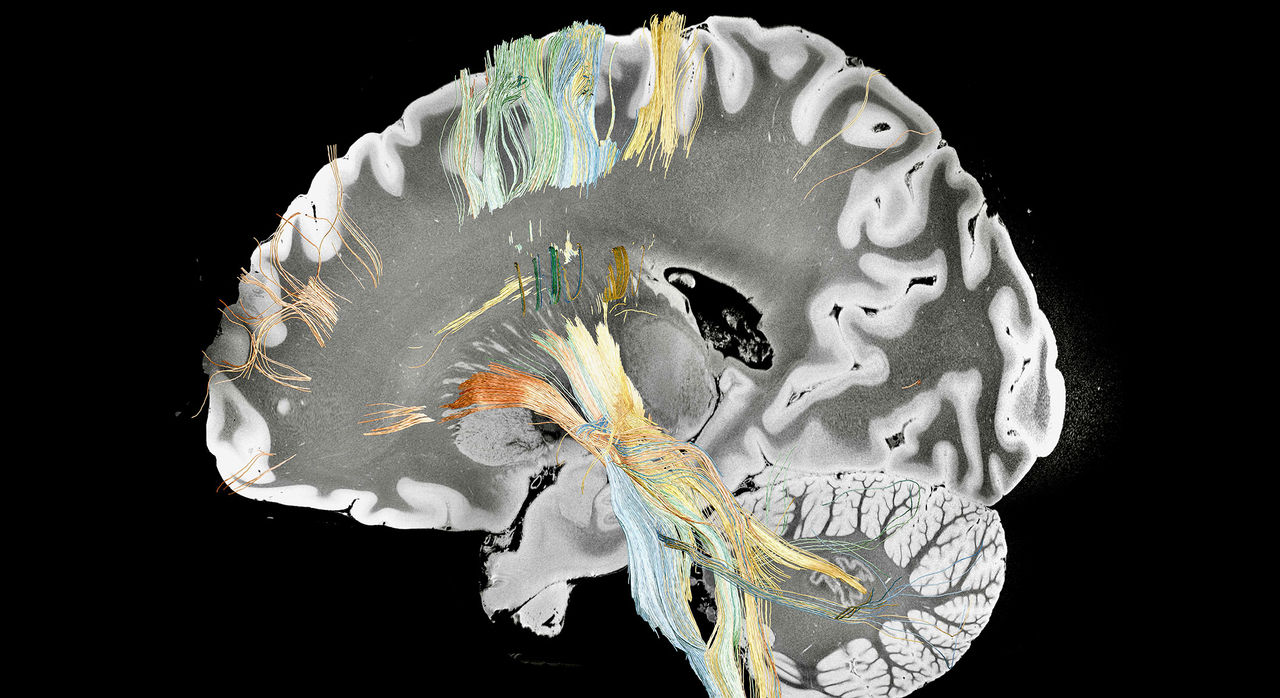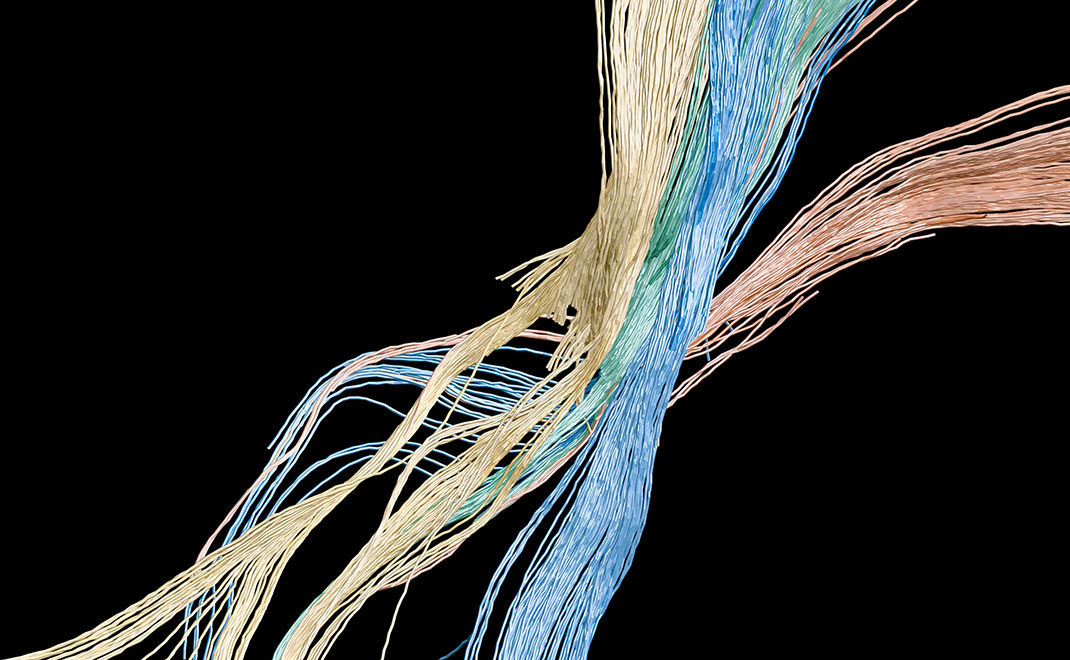-
- Find Care
-
- Visitor Information
- Find a Location
- Shuttles
- Visitor Policies
-
-
- Our Virtual Care Options
- Virtual Urgent Care
- Virtual Visits for Primary & Specialty Care
- Online Second Opinions
- Participate in Research
-
- Contact us
-
- For Innovators
- Commercialization Guide for Innovators
-
-
- Research News
- Alzheimer's Disease
- Artificial Intelligence
-
- Overview
-
- Overview
- Getting Started
- New to Mass General Brigham
- International Patient Services
- What Is Patient Gateway?
- Planning Your Visit
- Find a Doctor (opens link in new tab)
- Appointments
- Patient Resources
- Health & Wellness
- Flu, COVID-19, & RSV
- Billing & Insurance
- Financial Assistance
- Medicare and MassHealth ACOs
- Participate in Research
- Educational Resources
- Visitor Information
- Find a Location
- Shuttles
- Visitor Policies
- Find Care
-
- Overview
- Our Virtual Care Options
- Virtual Urgent Care
- Virtual Visits for Primary & Specialty Care
- Online Second Opinions
-
- Overview
- Participate in Research
-
- Overview
- About Innovation
- About
- Team
- News
- For Industry
- Venture Capital and Investments
- World Medical Innovation Forum (opens link in new tab)
- Featured Licensing Opportunities
- For Innovators
- Commercialization Guide for Innovators
- Contact us
-
- Overview
- Information for Researchers
- Compliance Office
- Research Cores
- Clinical Trials
- Advisory Services
- Featured Research
- Two Centuries of Breakthroughs
- Advances in Motion (opens link in new tab)
- Brigham on a Mission (opens link in new tab)
- Gene and Cell Therapy Institute
- Research News
- Alzheimer's Disease
- Artificial Intelligence
-
- Overview
-
- Overview
- Residency & fellowship programs
- Brigham and Women's Hospital
- Massachusetts General Hospital
- Mass Eye and Ear
- Newton-Wellesley Hospital
- Salem Hospital
- Integrated Mass General Brigham Programs
- Centers of Expertise
- Global & Community Health
- Health Policy & Management
- Healthcare Quality & Patient Safey
- Medical Education
- For trainees
- Prospective trainees
- Incoming trainees
- Current trainees
- Continuing Professional Development
Study: Deep Brain Stimulation Can Locate Brain Disorders
Brain disorders can make people feel powerless. The constant shaking, sudden outbursts, or intrusive thoughts of some conditions disrupt everyday life. For several decades, the emergence of deep brain stimulation (DBS), a treatment approved by the Federal Drug Administration (FDA) for several neurological conditions, has helped patients regain their sense of control.
DBS sends weak pulses of electricity to parts of the brain responsible for symptoms of these conditions. Now, Mass General Brigham investigators have found a new way to maximize its benefits. From the data of hundreds of patients undergoing DBS worldwide, the research team has mapped the precise targets of four brain disorders: Parkinson’s disease, obsessive compulsive disorder (OCD), dystonia, and Tourette syndrome.
“Applying deep brain stimulation a millimeter or two away from an optimal target can make an enormous difference toward reducing symptoms,” says Andreas Horn, MD, PhD, the Mass General Brigham investigator who led the study. “Instead of targeting a general anatomic area of the brain, we can zero in on exact locations aligned with specific disorders to hopefully provide patients with greater relief.”
Dr. Horn conducts research at the Center for Brain Circuit Therapeutics in the Department of Neurology at Brigham and Women’s Hospital and at the Center for Neurotechnology and Neurorecovery at Massachusetts General Hospital.
He explains how maps of the brain can potentially ensure higher success rates of DBS.
What are brain circuits?
The brain uses electric signals to control the body. Cells inside the brain, called neurons, pass signals to one another until they reach an intended target. Signals follow pathways, or circuits, often involving thousands of neurons.
In an analogy, Dr. Horn compares these circuits to a giant road map. Roads between cities or towns vary in size and length. Without roads, people can’t arrive at their destination. Likewise, if several circuits inside the brain malfunction and a signal can’t reach its destination, the brain cannot fulfil a specific function.
In some brain disorders, a specific circuit may become overactive. Too many signals may travel along the circuit, overloading it and rendering the signals meaningless. This may even block signals sent from neighboring circuits. He compares it to playing music too loud in one room — so loud, it begins to affect neighboring rooms.
“Think of microphone feedback at a rock concert,” says Dr. Horn. “This signal is loud and meaningless. While active, it is impossible to enjoy the music.”
What is deep brain stimulation?
Doctors can’t repair a brain circuit the same way an engineer rebuilds a road. In fact, they do not know how to rebuild circuits at all. Instead, they need to switch off — or at least reduce activity of — the faulty circuit. Blocking the circuit allows neighboring circuits to compensate for its lost signals.
“If you have one student who sings poorly in a choir of 100 kids, you don’t need a new choir to fix the problem,” says Dr. Horn. “Instead, you could hand that one student an instrument instead of having them sing.”
DBS targets dysfunctional circuits in a similar fashion. Doctors insert electrodes deep inside the brain. These electrodes relay short, weak pulses of electricity to faulty circuits. The electricity “unplugs” the circuit, allowing millions of other messages to go uninterrupted along parallel paths.
Patients undergoing DBS cannot feel the pulses of electricity in their brain. Nor does the treatment eliminate the faulty circuit. If a patient decides to discontinue treatment, the faulty circuit often resumes its activity.
What conditions can deep brain stimulation treat?
DBS doesn’t cure a brain disorder. It only treats symptoms of the condition.
Dr. Horn and his team analyzed data from 534 electrodes in 261 patients worldwide to better understand how certain brain disorders responded to DBS. Improvements, they knew, generally varied among four disorders:
Parkinson’s disease: Uncontrollable shaking when standing still. Often, the shaking resembles back-and-forth movement and worsens over time. According to the American Parkinson Disease Association, DBS successfully treats about 90% of Parkinson’s disease-related shaking cases when medication fails.
OCD: Obsessions, such as intrusive thoughts, mental images, or urges to perform specific actions, or compulsions. A study published in the World Journal of Psychiatry suggests about half of patients experience some type of long-term symptom relief during treatment.
Tourette syndrome: Repetitive body movements or vocal outbursts. Patients may blink uncontrollably or blurt out words. The FDA has not approved DBS for Tourette syndrome, although several studies suggest the treatment can partially relieve symptoms in severe cases.
Dystonia: Involuntary muscle contractions, which can affect the voice. Contractions can lead to twisting or repetitive movements that may feel painful. DBS can help treat contractions including abnormal posture, repetitive movements, or twisting.
DBS can help treat several other conditions, too. The FDA has approved the treatment for epilepsy, a brain condition that causes recurring seizures, and granted investigational use for depression and Alzheimer’s.
How does deep brain stimulation improve symptoms?
Body movements and brain functions rely on communication between the outermost part of the brain, the cortex, and a small set of structures deep inside the brain, the basal ganglia.
Applying high frequency stimulation to parts of the basal ganglia can improve brain disorder symptoms associated with movements and nonmotor symptoms, such as:
- Tremor, or shaking
- Rigidity
- Stiffness
- Slow movement
- Walking problems
Brain mapping with deep brain stimulation
Doctors do not know the exact function of every circuit in the brain. Neither do they know the exact location of circuits gone awry from specific brain disorders.
While targeting the basal ganglia may improve symptoms, targeting the precise location of a faulty circuit could make a huge difference. Mass General Brigham investigators developed software to find the exact location of electricity transmitted from each electrode observed in their study. They then compared the locations of electrodes across patients with Parkinson’s disease, OCD, Tourette syndrome, and dystonia.
Electrode placement and activation
Those who choose DBS undergo two separate procedures:
Electrode implantation: A surgeon inserts one or more electrodes into specific regions of the brain. Surgeons fix the electrodes to the skull.
Stimulator implantation: A surgeon installs a pulse generator underneath the skin below the collarbone, or in the lower chest. The device delivers an electric current to the electrodes in the brain. The current travels along an extension wire.
The types of electrodes used among patients can vary. Some electrodes have four points of contact with the brain. Others have eight or sixteen.
Millimeters separate different contacts along the electrode. In the first few years after implantation, doctors turn on different electrode contacts and adjust stimulation amplitude. They adjust the settings until they find the best combination a patient responds to.
Mapping the brain
Future deep brain stimulation treatment
Brain mapping could broaden the brain and mood disorders responsive to DBS. Mass General Brigham researchers have already used the technique to examine the treatment for:
Alzheimer’s: Massachusetts General Hospital researchers assessed patients with Alzheimer’s who responded best to DBS. Electrodes placed at different levels of the brain appeared to affect improvements to brain function and memory.
Depression: Brigham and Women’s Hospital researchers mapped a common circuit for depression based, in part, on DBS sites that either caused or relieved the condition.
The Center for Brain Circuit Therapeutics at Brigham and Women’s Hospital aims to refine DBS targets even further. According to Dr. Horn, future research will attempt to identify the circuits responsible for different symptoms of a disorder, such as anxiety from OCD as opposed to specific obsessions.
One day, it may help doctors distinguish circuits responsible for where symptoms appear in the body. Patients with Parkinson’s disease may experience shaking in their hands instead of in their legs.
“The further we refine deep brain stimulation, the more we may personalize treatment,” says Dr. Horn. “That’s how we keep patients at the center of our work.”


